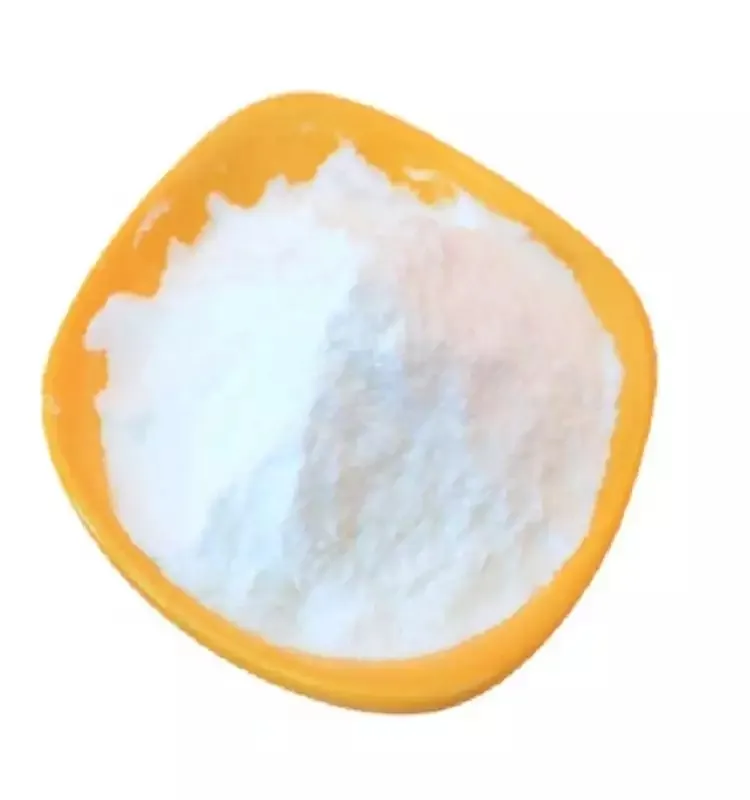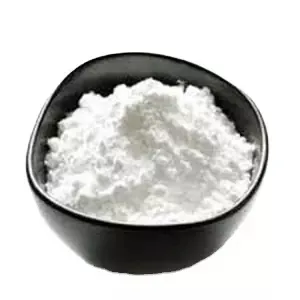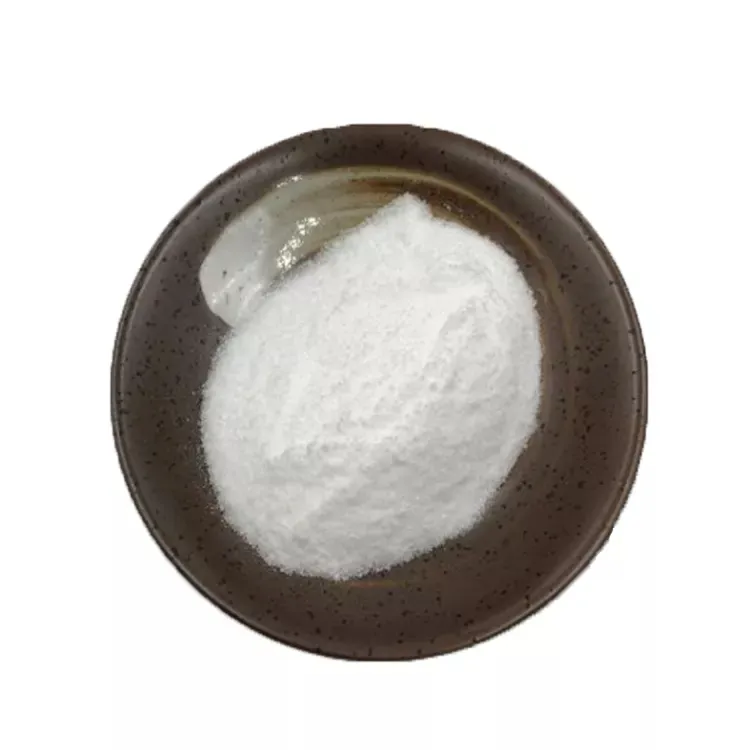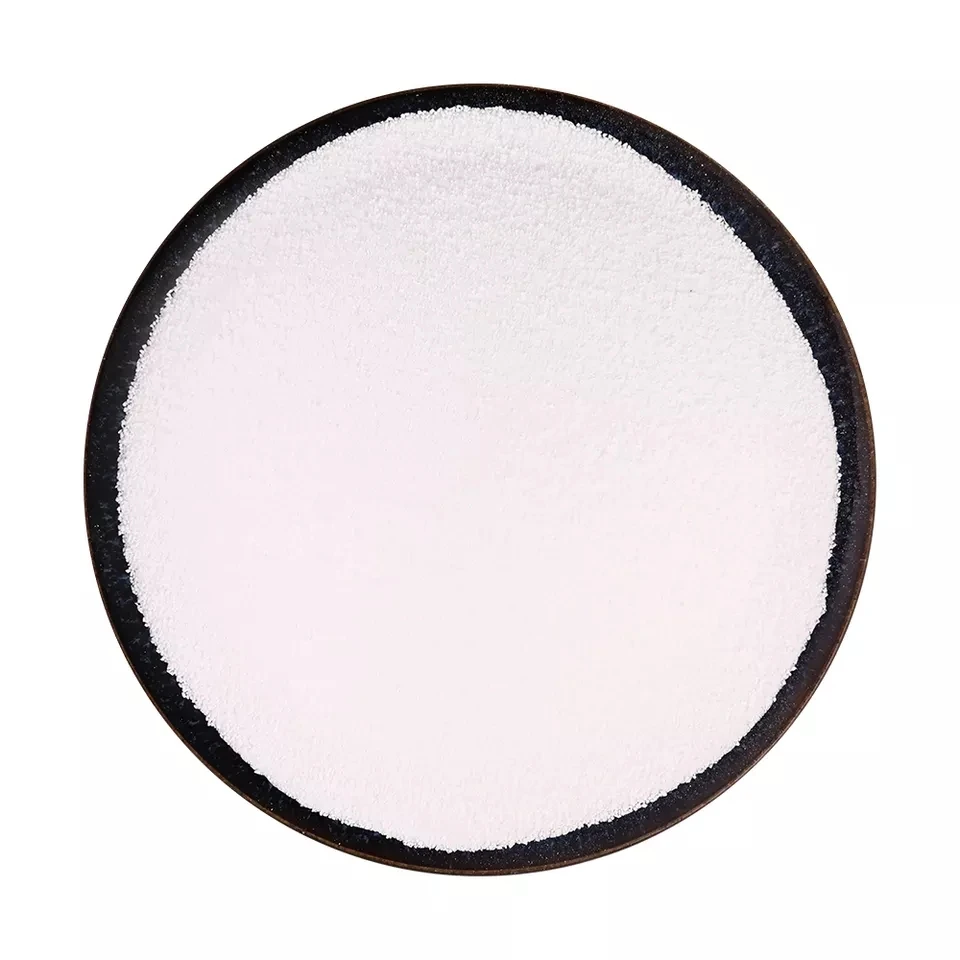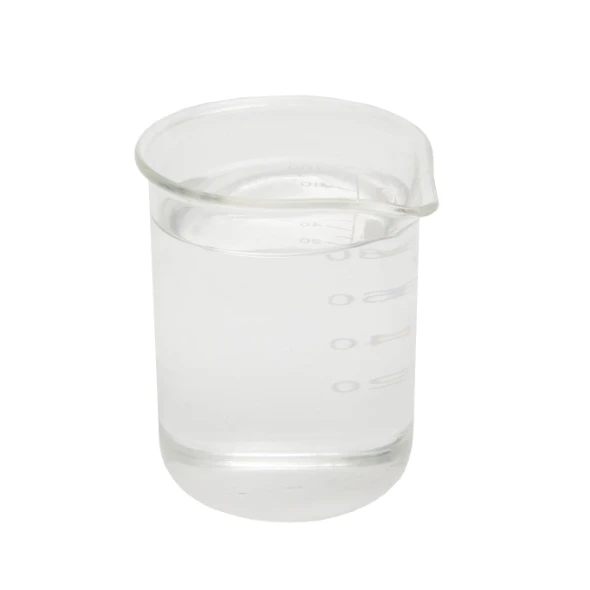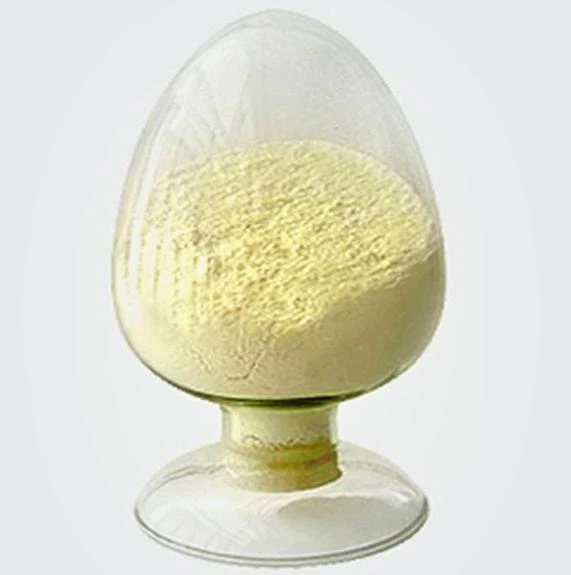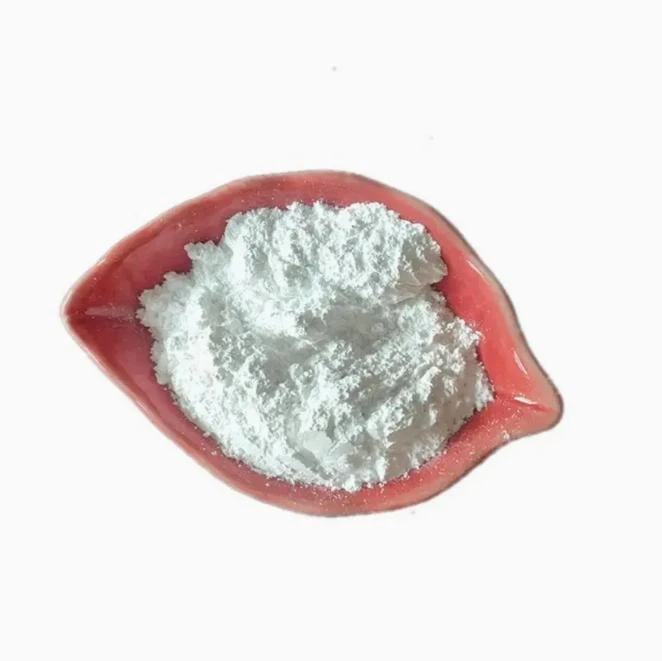Warning: Undefined array key "file" in /home/www/wwwroot/HTML/www.exportstart.com/wp-content/themes/1198/header.php on line 7
Warning: Undefined array key "title" in /home/www/wwwroot/HTML/www.exportstart.com/wp-content/themes/1198/header.php on line 7
Warning: Undefined array key "title" in /home/www/wwwroot/HTML/www.exportstart.com/wp-content/themes/1198/header.php on line 7
- Afrika
- Albania
- Amharic
- Arabic
- Armenian
- Azerbaijani
- Basque
- Belarusian
- Bengali
- Asụsụ Bosnia
- Bulgarian
- Catalan
- Cebuano
- China
- China (Taiwan)
- Corsican
- Asụsụ Croatia
- Czech
- Danish
- Dutch
- Bekee
- Esperanto
- Estonia
- Asụsụ Finnish
- French
- Onye Frisian
- Onye Galisi
- Asụsụ Georgian
- German
- Grik
- Gujarati
- Haitian Creole
- hausa
- Hawaian
- Hibru
- Mba
- Miao
- Asụsụ Hungarian
- Aislandi
- igbo
- Asụsụ Indonesian
- Irish
- Ịtali
- Japanese
- Asụsụ Javanị
- Kannada
- kazakh
- Khmer
- Onye Rwandan
- Korean
- Kurdish
- Kyrgyz
- TB
- Latịn
- Latvia
- Lithuania
- Luxembourgish
- Masedonia
- Malgashi
- Malay
- Malayalam
- Malta
- Maori
- Marathi
- Mongolian
- Myanmar
- Nepali
- Norwegian
- Norwegian
- Occitan
- Pashto
- Asụsụ Persia
- Polish
- Portuguese
- Punjabi
- Romanian
- Russian
- Samoan
- Scottish Gaelic
- Asụsụ Serbian
- Bekee
- Shona
- Sindhi
- Sinhala
- Slovak
- Slovenian
- Somali
- Spanish
- Asụsụ Sudan
- Swahili
- Swedish
- Tagalog
- Tajik
- Tamil
- Tatar
- Telugu
- Thai
- Turkish
- Turkmen
- onye Ukraine
- Urdu
- Uighur
- Uzbek
- Vietnamese
- Welsh
- Enyemaka
- Yiddish
- Yoruba
- Zulu
Sodium Alginate Powder
Sodium alginate has stability, heritability, and gelation properties, so it's widely used to place starch, and gelatin as the stabilizer of ice cream, beverages, and many dairy products. If it's added to salad dressing, pudding, jam, tomato paste, and canned foods, it tends to improve the stability of products and reduce fluid. We can add sodium alginate in the dry noodles, vermin exudation celli, rice vermicelli, and bread which can improve the product's group cohesiveness, make the tension strong, and reduce the breakage. The effect is more apparent for flour with low gluten content and the storage time will be extended.
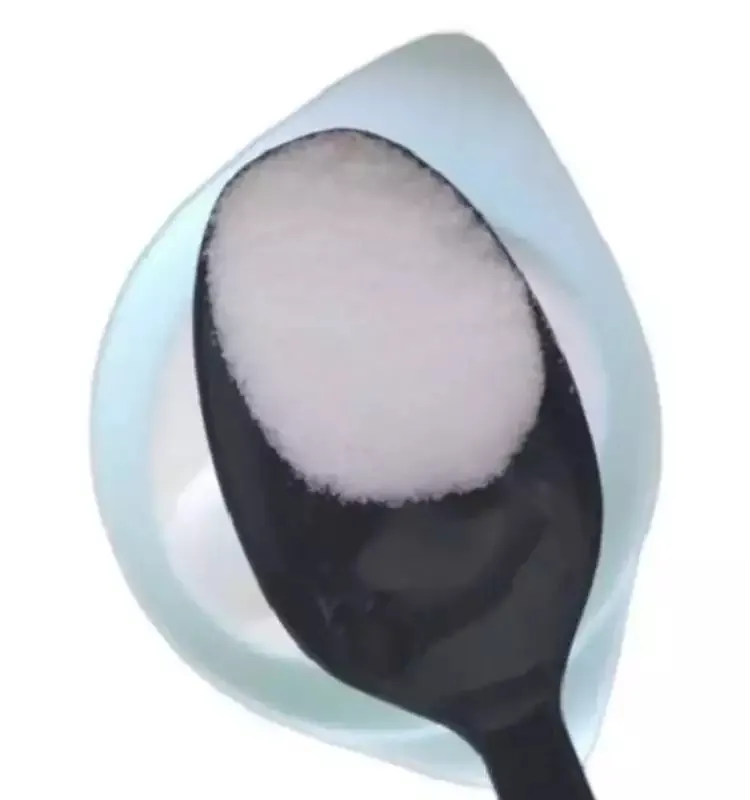



In printing and textile industry sodium alginate has been a long history since sodium alginate was used in starching , packing and printing. In printing, it is the good material with wide use in the cotton, wool, silk and synthetic fibre. Especially since the reactive dye was found in the world, there has been many years' history of application. There is no other gelatinigation which can compare beauty with it by so far. Sodium alginate can't react with the reactive dye or form covalent bond as result of having second hydroxyl in its structure without the origin hydroxyl, and meanwhile having strong cathodic carboxyl in its organization. This is its great property. Therefore, it not only does not absorb the dyestuff but also excludes it. It is easy to move the dyestuff from the gelatinigation to the firbre which benefits keeping clearness and uniformity of the printing. Therefore the printing is clear, vivid, high in the dyeing quantity and has good handle and firm degree at the same time. The products of medium and low viscosity are suitable for the printing requirements of net, roll style and handwork printing. It has the flowing property of the pseudoplastic fluid, which means that it will turn watery when being cut and restore the original viscidity after losing being cut. This fits for fine printing, full ground printing and wet printing. It can make products with the features of thin line, clear profile and good uniformity.
Anyị nwere ọtụtụ ụlọ ọrụ dị elu nke nwere nkwado miri emi, nke nwere ike inye gị ngwaahịa dị elu na ọnụ ahịa asọmpi. Anyị nwekwara ike inye ego maka nnukwu ịzụrụ ihe. Anyị na-akwado ọtụtụ ụlọ ọrụ na-ebuga ibu ndị ọkachamara, nwere ike ịnapụta ngwaahịa n'enweghị nsogbu na aka gị. Oge nnyefe bụ ihe dịka ụbọchị 3-20 mgbe nkwenye nke ịkwụ ụgwọ gasịrị.




| Items | Nkọwapụta | Test result | |
| Mesh size | As demand | 98% PASS 80MESH | |
| Sulfate(SO4) | Max 0.5% | <0.5% | |
| Assay % | 90.8%-106% | 99% | |
| Passivc in watre(Dry mass) | Max 2% | <1% | |
| Phosphate(P205) | Max 0.1% | <0.1% | |
| Calcium (Ca) | MAX 0.5% | 0.2% | |
| Loss on drying (105ºC,4h) % | 0-15% | 12.6 | |
| Ash % | 18%-24% | 22.4 | |
| Arsenic PPM | 2ppm MAX | <1.5 | |
| LEAD PPM | 2ppmMAX | <2 | |
| Mercury(HG) | MAX 1ppm | <1 | |
| Cadmium(CD) | Max 1ppm | <1 | |
| Viscosity (20ºC), | 1% SOL'N cps | 300-400 | 330 |
| Total plate count PC/G(Germ quantity) | <5000 | <1000 | |
| Yeast and mould PC/G | <500 | <200 | |
| E.COLI | N/5g | Absent | |
| Salmonelia | N/10g | Absent | |

1. Ị bụ ụlọ ọrụ mmepụta ihe ma ọ bụ ụlọ ọrụ ịzụ ahịa?
Anyị bụ ụlọ ọrụ na-ejikọta ụlọ ọrụ na ịzụ ahịa, na-enye ọrụ nkwụsịtụ.OEM nwere ike ịnakwere.
2. Ị na-enye samples? Ọ bụ n'efu ka ọ bụ mgbakwunye?
Free samples. The sample si ibu ego kwesịrị ịkwụ ụgwọ gị n'akụkụ.
3. Ị nwere asambodo ọ bụla metụtara njikwa mma?
ISO 9001: 2008 asambodo iji hụ na ịdị mma.
4. Kedu ihe m ga-enye ka m nweta nhota okwu?
Pls na-agwa anyị ụdị ngwaahịa nke ị chọrọ, iji ọnụ ọgụgụ, adreesị na ihe ndị a chọrọ. A ga-edepụta nkwupụta maka ntinye aka gị n'oge.
5. Kedu ụdị usoro ịkwụ ụgwọ na-amasị gị? Kedu ụdị usoro anabatara?
Usoro nnyefe anabatara: FOB, CFR, CIF, EXW;
Ego ịkwụ ụgwọ anabatara: USD;
Accepted Payment Type: T/T,Western Union; Paypal,BTC
Asụsụ Asụsụ: Bekee.
Ụdị ngwaahịa
-
 May . 13, 20252025 European Fine Chemicals Exhibition in GermanyThe much-anticipated Fine Chemicals Europe 2025 will be held in Germany from June 4 to 5, 2025. The event will bring together industry leaders, innovators and stakeholders in the fine chemicals sector, providing a unique platform for networking, collaboration and showcasing the latest advances in the field.
May . 13, 20252025 European Fine Chemicals Exhibition in GermanyThe much-anticipated Fine Chemicals Europe 2025 will be held in Germany from June 4 to 5, 2025. The event will bring together industry leaders, innovators and stakeholders in the fine chemicals sector, providing a unique platform for networking, collaboration and showcasing the latest advances in the field. -
 May . 07, 20252025 New York Cosmetics Ingredients ExhibitionThe much-anticipated 2025 Cosmetics Ingredients New York will be held at the Javits Center in New York from June 3 to 4, 2025. This event will bring together industry leaders, innovators and enthusiasts from all over the world to discuss the latest trends and advances in the field of cosmetic ingredients.
May . 07, 20252025 New York Cosmetics Ingredients ExhibitionThe much-anticipated 2025 Cosmetics Ingredients New York will be held at the Javits Center in New York from June 3 to 4, 2025. This event will bring together industry leaders, innovators and enthusiasts from all over the world to discuss the latest trends and advances in the field of cosmetic ingredients. -
 Apr . 27, 2025Zibo will host the 2025 International Chemical ExpoZibo, a city known for its thriving chemical industry, will host the 2025 Zibo International Chemical Expo from May 16 to May 18, 2025. This highly anticipated event aims to bring together industry leaders, innovators and stakeholders from around the world to explore the latest advancements and trends in the chemical industry.
Apr . 27, 2025Zibo will host the 2025 International Chemical ExpoZibo, a city known for its thriving chemical industry, will host the 2025 Zibo International Chemical Expo from May 16 to May 18, 2025. This highly anticipated event aims to bring together industry leaders, innovators and stakeholders from around the world to explore the latest advancements and trends in the chemical industry.


